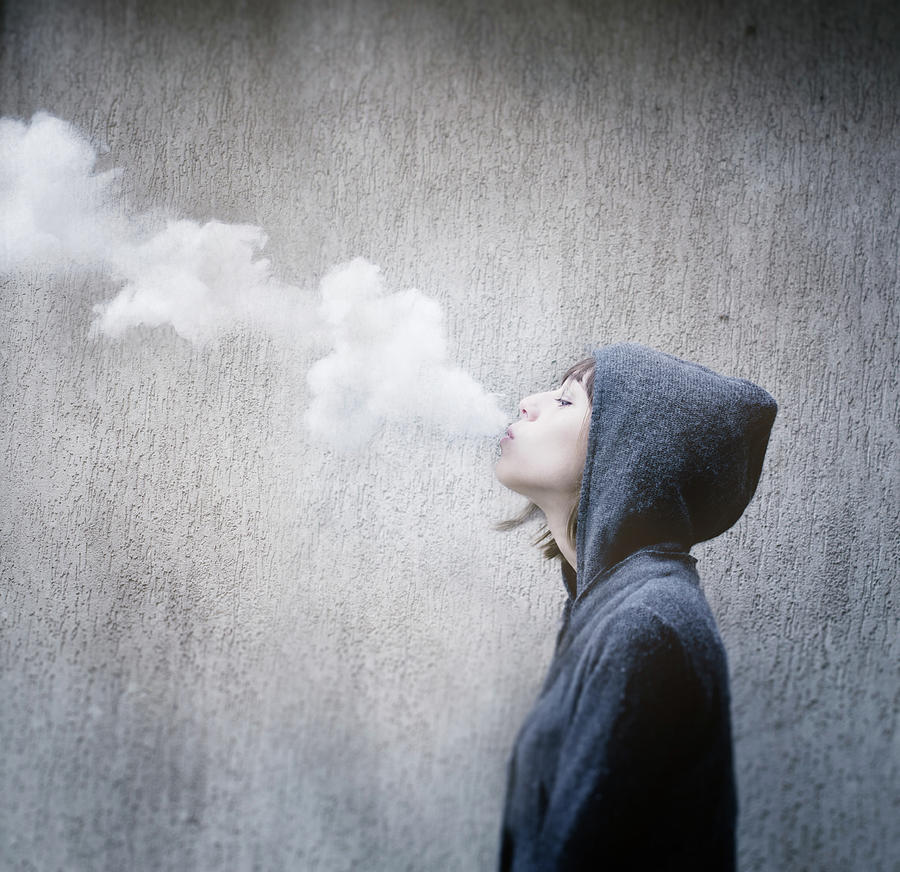Blowing Smoke


Health Risks of Secondhand Smoke Exposure
Exposure to secondhand smoke poses significant health risks, especially for non-smokers. The harmful chemicals present in cigarette smoke can cause a range of health issues, including:
- Increased risk of heart disease, stroke, and lung cancer
- Aggravation of asthma and other respiratory conditions
- Developmental problems in children, such as low birth weight and sudden infant death syndrome (SIDS)
Prevalence of Smoking-Related Diseases
Smoking is a leading cause of preventable deaths worldwide. According to the World Health Organization (WHO), tobacco use kills over 8 million people each year. Smoking-related diseases are prevalent in many countries, with high rates of:
- Chronic obstructive pulmonary disease (COPD)
- Lung cancer
- Heart disease
Mortality Rates Associated with Tobacco Use
The mortality rates associated with tobacco use are alarming. In the United States, for example, smoking is responsible for approximately 480,000 deaths per year. This equates to one in five deaths being attributable to tobacco use. The majority of these deaths are caused by smoking-related diseases such as lung cancer, heart disease, and stroke.
Blowing Smoke: Environmental Impact

Blowing smoke – Cigarette smoking not only poses health risks to individuals but also has detrimental consequences for the environment. The improper disposal of cigarette waste contributes significantly to pollution, particularly in urban areas and natural ecosystems.
Impact on Marine Life
Cigarette filters, made primarily of cellulose acetate, are a major source of marine pollution. These filters are non-biodegradable and can persist in the environment for decades. Marine animals, such as sea turtles, birds, and fish, often mistake cigarette filters for food, leading to ingestion and potential health problems.
- Ingestion of cigarette filters can block digestive tracts, causing starvation or malnutrition.
- Filters can release toxic chemicals into the marine environment, harming aquatic organisms and disrupting ecosystems.
Initiatives to Reduce Cigarette Litter
Recognizing the environmental impact of cigarette waste, several initiatives have been launched to reduce cigarette litter and promote responsible disposal.
- Public awareness campaigns: Governments and non-profit organizations conduct campaigns to educate the public about the harmful effects of cigarette waste and encourage proper disposal.
- Designated smoking areas: Many public spaces have designated smoking areas equipped with ashtrays to prevent cigarette butts from being discarded indiscriminately.
- Filterless cigarettes: Some manufacturers have developed filterless cigarettes, which reduce the amount of non-biodegradable waste produced.
- Biodegradable filters: Researchers are exploring the development of biodegradable cigarette filters made from plant-based materials.
Blowing Smoke


Smoking, the act of inhaling and exhaling the fumes of burning tobacco, holds a complex and multifaceted relationship with culture and society. Throughout history, smoking has been both celebrated and condemned, carrying with it a range of meanings and associations.
Historical and Cultural Significance, Blowing smoke
Smoking has been practiced by various cultures across the globe for centuries. In some indigenous communities, smoking was a sacred ritual used for medicinal purposes, spiritual ceremonies, and social bonding. In the Americas, tobacco was introduced to Europeans by Native Americans and quickly gained popularity as a recreational pastime. Over time, smoking became ingrained in many societies, becoming a symbol of sophistication, rebellion, and camaraderie.
The gentle wisp of smoke danced in the air, a fleeting reminder of the hope that lingered within. As I gazed at the delicate tendrils, I couldn’t help but recall the lyrics from the beloved “Good Luck Charlie” theme song , “You’re on your way up, and you’re headed for the stars.” The smoke seemed to carry with it a sense of optimism and determination, a whisper that even in the face of adversity, we must keep blowing smoke, keep hoping, and keep striving for our dreams.
Like smoke billowing from a chimney, “gave you i gave you i” ( gave you i gave you i ) lingers in the air, a haunting melody. The smoke, like the song, drifts through the streets, carrying with it memories and emotions that refuse to be extinguished.
As the smoke dissipates, so too do the memories, leaving only a faint scent of longing in its wake.
Like smoke drifting into the sky, the let it happen lyrics linger in my mind, a gentle reminder to let go and embrace the unknown. As the smoke dissipates, so too do my worries, replaced by a sense of peace and surrender.
Blowing smoke is not just a physical act; it is a symbol of letting go and allowing the universe to take its course.
The act of blowing smoke is an intriguing one, often associated with moments of contemplation or relaxation. The smoke billows out from the mouth, carrying with it a sense of mystery and allure. It is a practice that has been depicted in countless works of art and literature, from the paintings of the old masters to the novels of modern-day authors.
For more information about the history and cultural significance of blowing smoke, please visit blowing smoke.